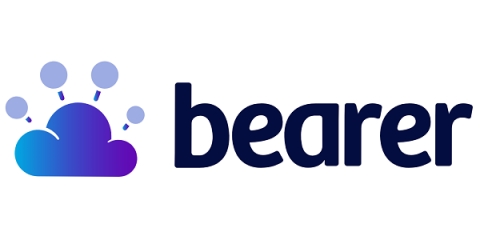Undetected podcast e.01 recap: The evolution of web security and hacking
In the pilot episode, Laura is joined by Detectify co-founder Johan Edholm. He co-founded the company back in 2013, and is still involved with the organization today by managing the technical infrastructure in the clouds. We don’t want to give away too much, but there are some things said that are just too good to not be highlighted and we’ve summarized of some of the conversation.











